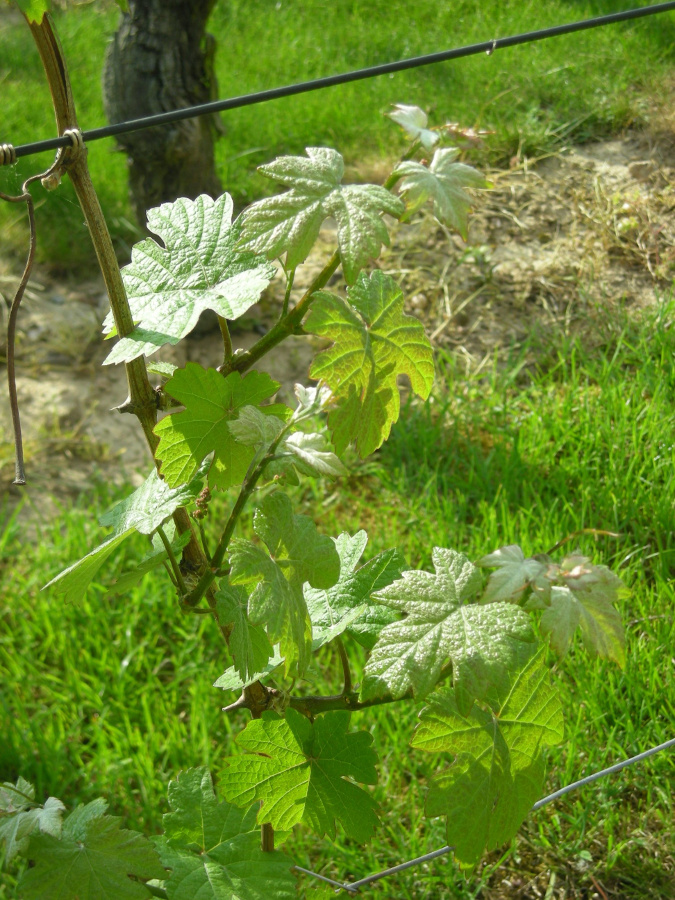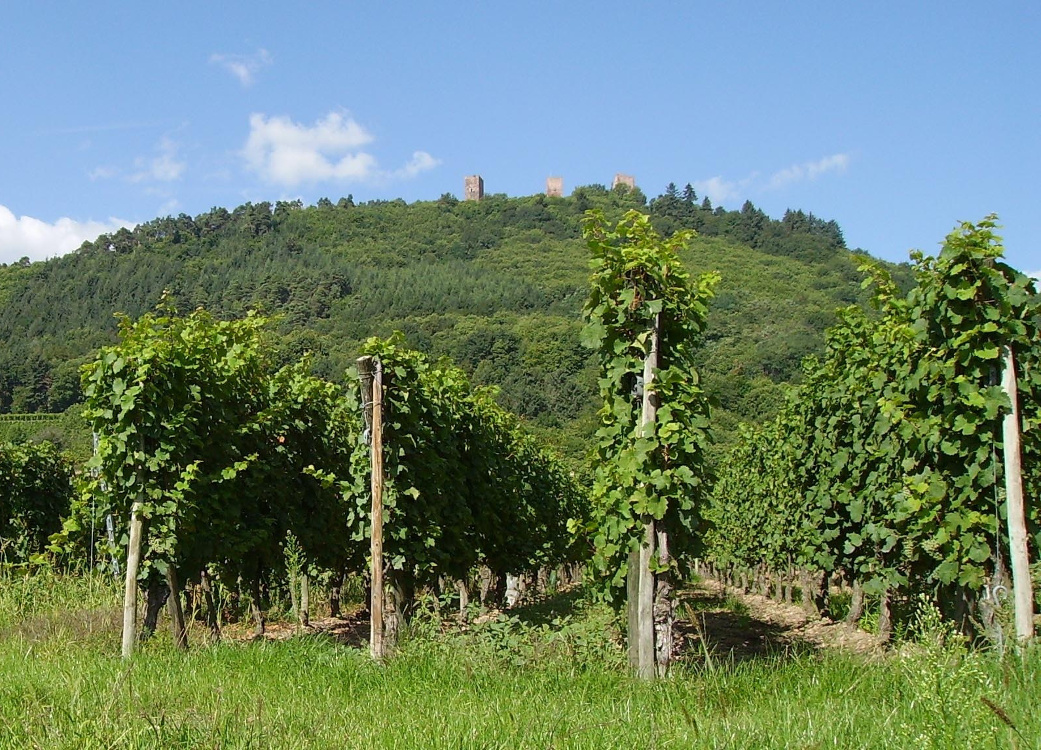
Muscat
Dry and fresh
The two Alsace Muscat grapes, the Alsace Muscat and the Ottonel, deliver fresh wines perfect for aperitifs.

Don’t confuse the Muscat grape grown in Alsace with the luscious Muscat found in the rest of France. The two Alsace Muscat grapes, the Alsace Muscat and the Ottonel, deliver fresh wines perfect for aperitifs.
The eye, the nose, the palate
 It should be noted that two kinds of Muscat grapes are grown in Alsace: the Muscat “Petits grains” also called the Muscat d’Alsace, and the Ottonel Muscat which has been in the Alsace vineyards since the middle of the 19th century. With a freshness that whets the appetite, these varieties are used to make dry, fresh wines that are appreciated for aperitif or with vegetable starters. The Alsace Muscat is the perfect wine to serve with asparagus.
It should be noted that two kinds of Muscat grapes are grown in Alsace: the Muscat “Petits grains” also called the Muscat d’Alsace, and the Ottonel Muscat which has been in the Alsace vineyards since the middle of the 19th century. With a freshness that whets the appetite, these varieties are used to make dry, fresh wines that are appreciated for aperitif or with vegetable starters. The Alsace Muscat is the perfect wine to serve with asparagus.
The pale yellow wine is tinted with silver, indicating its youth.
The bouquet is one of simple aromas. The scent of the grape is omnipresent, with occasional floral notes.
One tastes its freshness first, followed by a slight tartness. You almost feel as if you were biting into the grape.
Muscat grapevines
 The two varieties are physically different. The Ottonel Muscat has small or average-sized leaves with pointed teeth and round, light yellow berries on cylindrical clusters. The Alsace Muscat has thick leaves, round but almost forming five lobes. The berries are round and organized on long straight clusters.
The two varieties are physically different. The Ottonel Muscat has small or average-sized leaves with pointed teeth and round, light yellow berries on cylindrical clusters. The Alsace Muscat has thick leaves, round but almost forming five lobes. The berries are round and organized on long straight clusters.
Both varieties need sunny slopes and grow best in sandstone or calcareous clay soil. The Ottonel Muscat is more delicate than the Alsace Muscat, so its yield is less regular.





